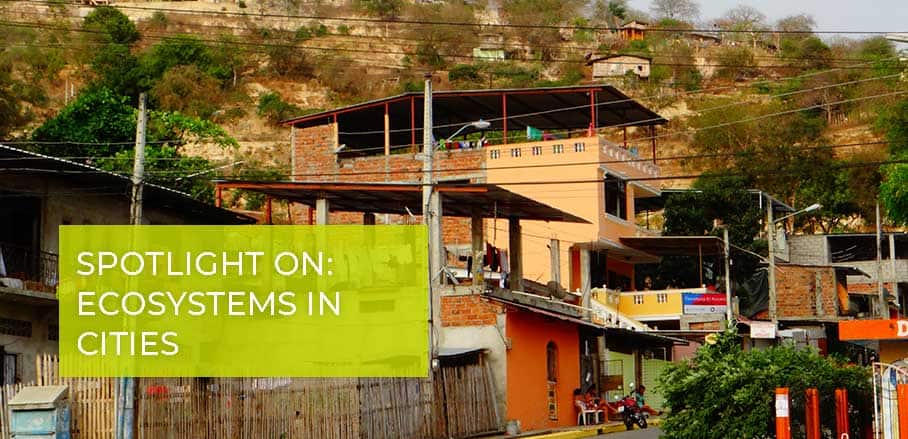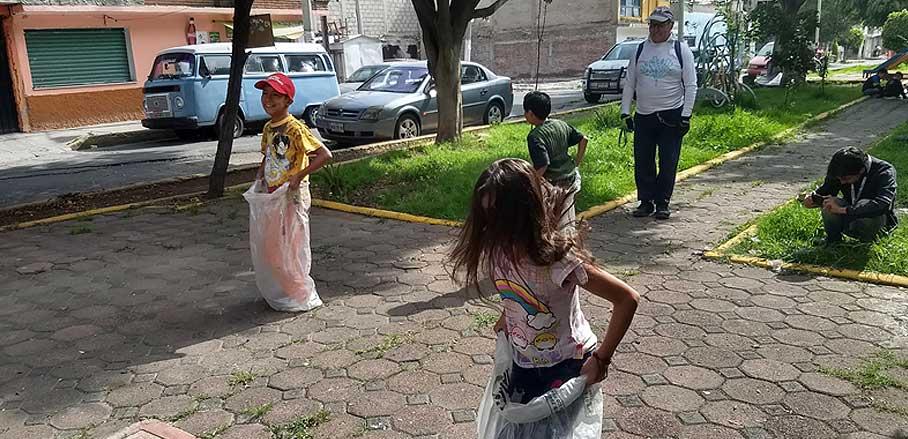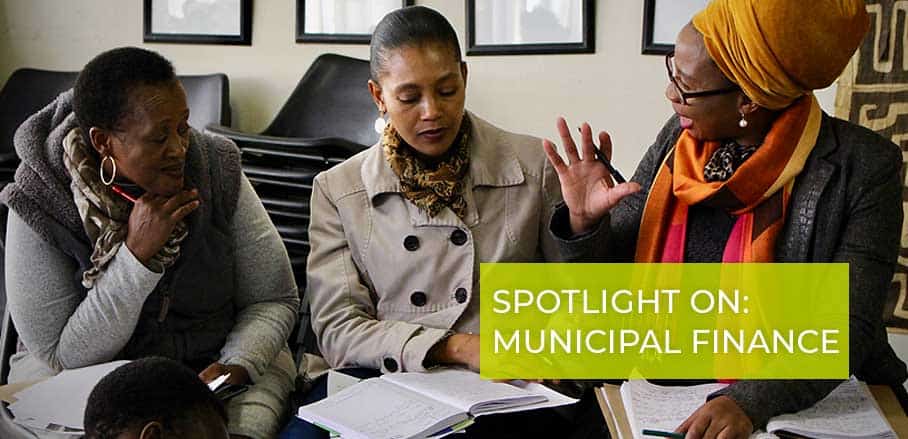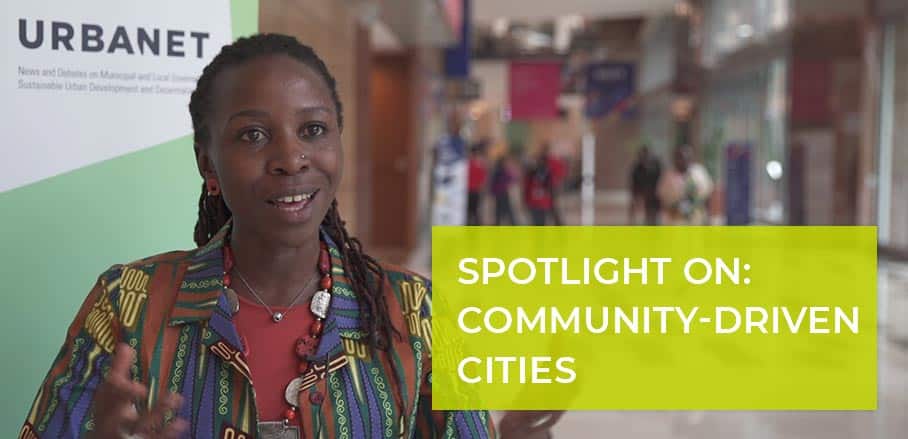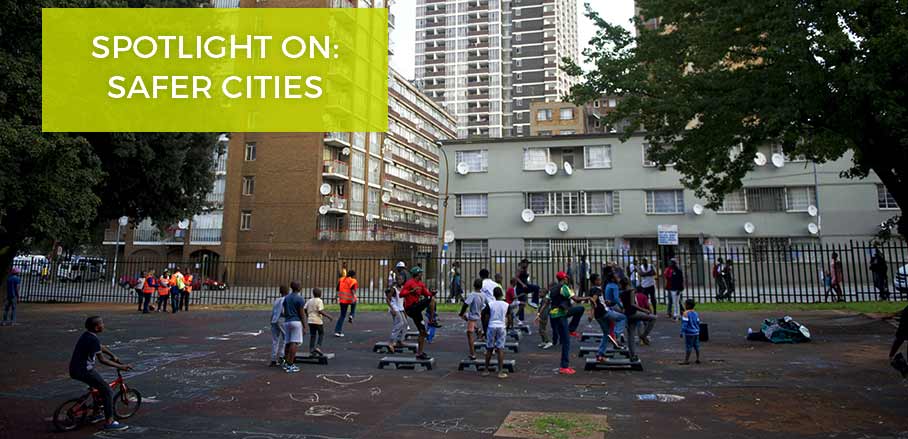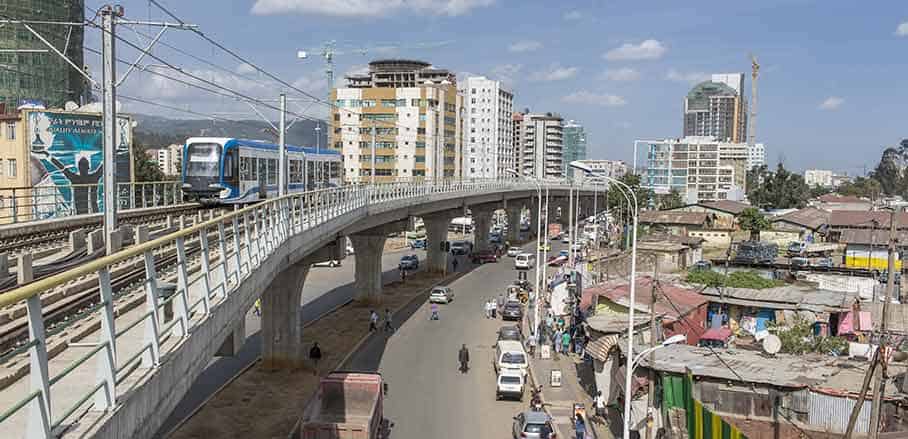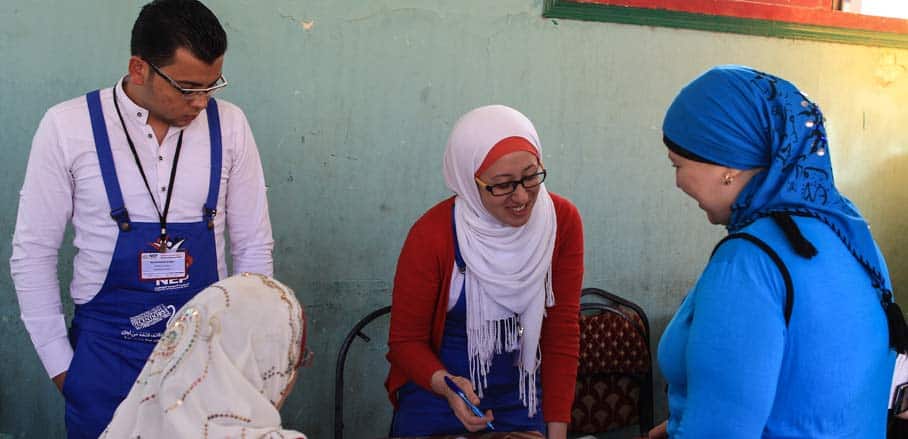Visiting and Recognising San Pablo, Ecuador
Narrated from a community leader's viewpoint, we take a look at the neighbourhood of San Pablo, Ecuador, where the project "Guardians of the Hill" conserves urban ecosystems while at the same time empowering female community members.
